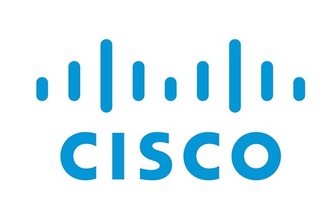John Lewis IT chief says changing requirements hinder PCI compliance
John Lewis is fed up with PCI moving goalposts Department store John Lewis is unhappy about the inconsistency of requirements for systems geared at compliance with the Payment Card Industry Data ...
To continue reading this article...
Join Computing
- Unlimited access to real-time news, analysis and opinion from the technology industry
- Receive important and breaking news in our daily newsletter
- Be the first to hear about our events and awards programmes
- Join live member only interviews with IT leaders at the ‘IT Lounge’; your chance to ask your burning tech questions and have them answered
- Access to the Computing Delta hub providing market intelligence and research
- Receive our members-only newsletter with exclusive opinion pieces from senior IT Leaders



















